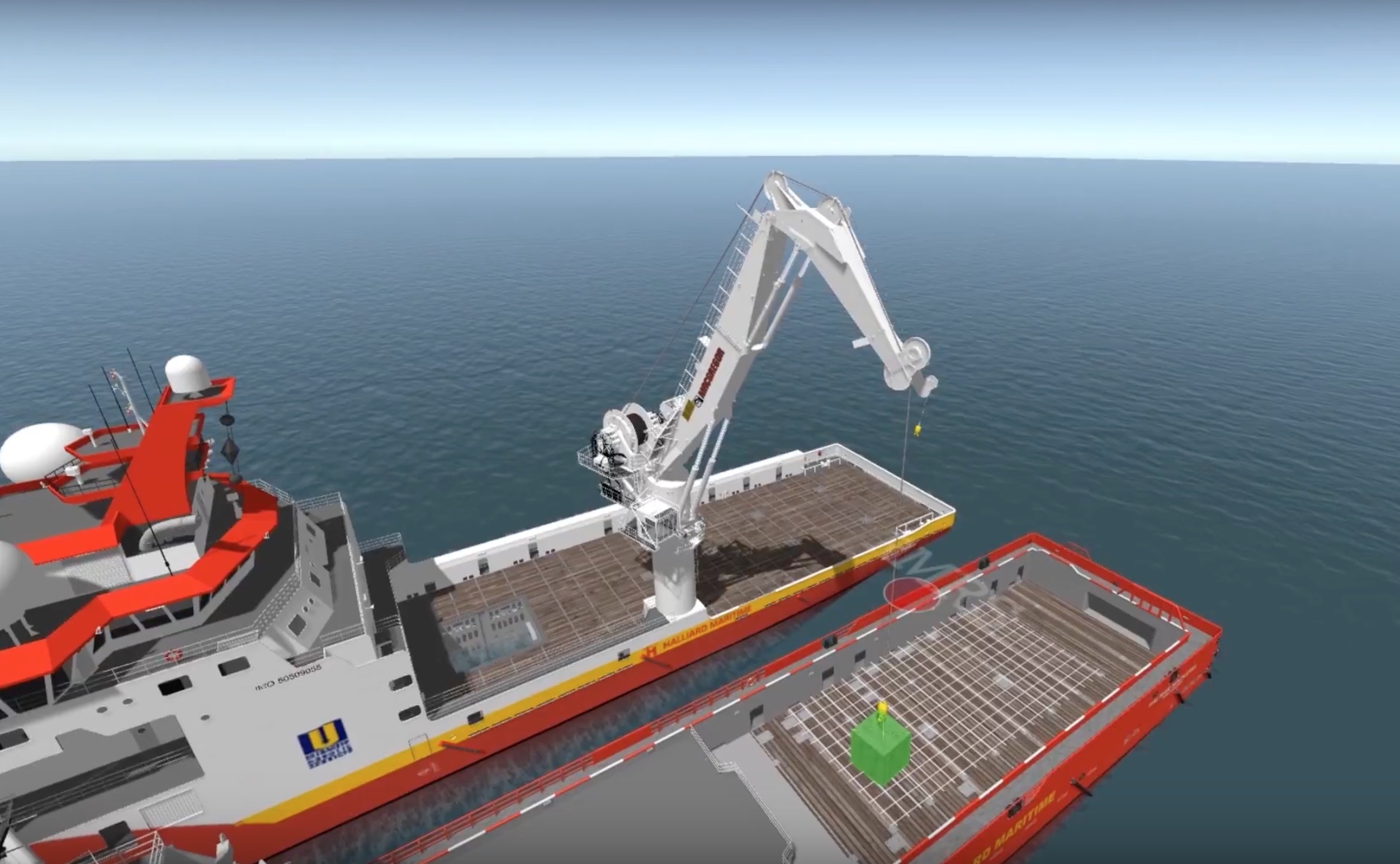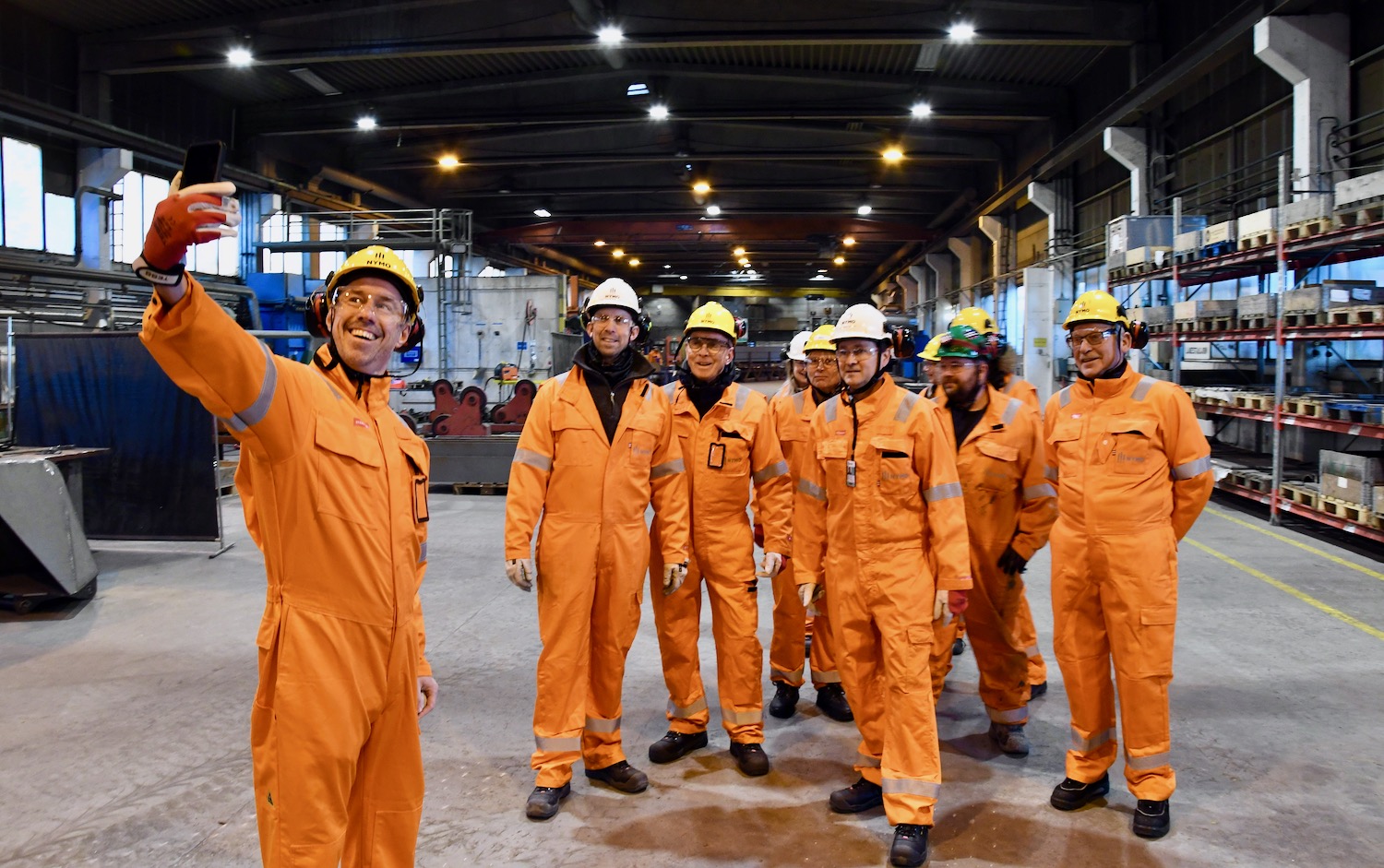“This robustly-tested technology can offer considerable commercial advantages to the offshore industry,” says Ivar Fjermeros, Senior Sales Manager, Advanced Offshore Solutions.
“MacGregor understands the complexity of ship-to-ship load transfers and the limitations imposed by unpredictable, non-synchronised movements in a seaway. With the systems currently available, a crane’s capacity is effectively de-rated because of the conservative approach required to minimise risks associated with the relative movements of the vessels.”
The new compensation system employs a motion reference unit on the deck of the secondary vessel. This transmits motion data to the crane on the primary vessel via a high-speed redundant wireless link. Combining motion data from both vessels, the system calculates and applies the winch compensation necessary to minimise hook movement at the load-handling zone on the secondary vessel.
See video of ship-to-ship crane composition system
According to a press release, the system features precise tension and position control for accurate load hook-on, pick-up landing and hook-off. Safety is much improved for the deck crew working in the load-handling zone. Load pick-up and landing is precise, fast and smooth. It allows the operator to employ a less conservative approach to calculating the maximum load that can be safely handled in any given sea state.
“The safety benefits mark a significant improvement for offshore transfer operations,” says Mr Fjermeros. “When these are combined with maximising the crane’s lifting capacity, improved load transfer times and a substantial, real-world increase in weather windows for ship-to-ship operations, this system really does offer some ground-breaking benefits.”
For owners with existing MacGregor offshore cranes wishing to benefit from this new system, it can be retrofitted cost-effectively and can be used with other MacGregor crane advances.



